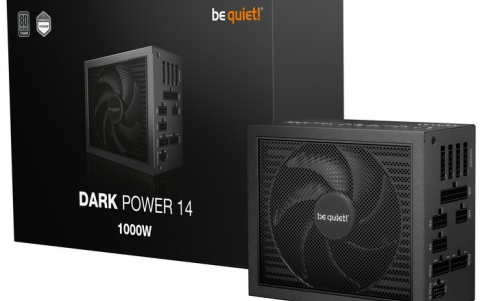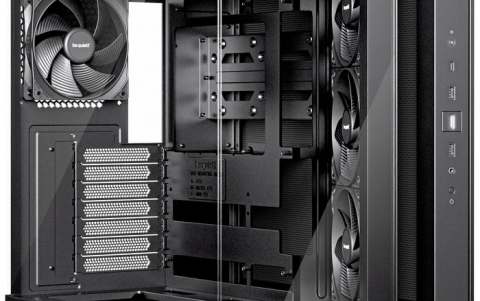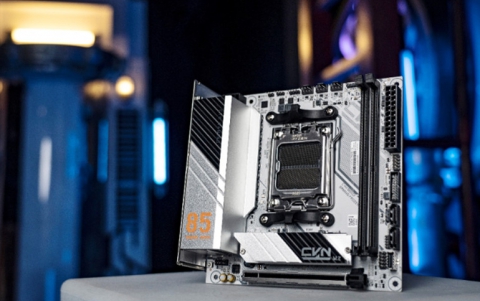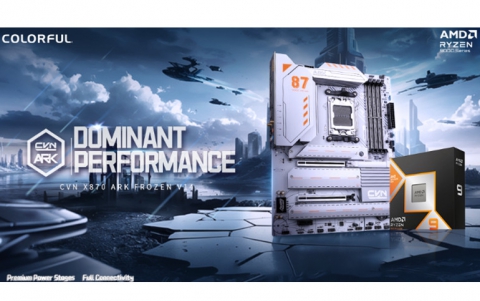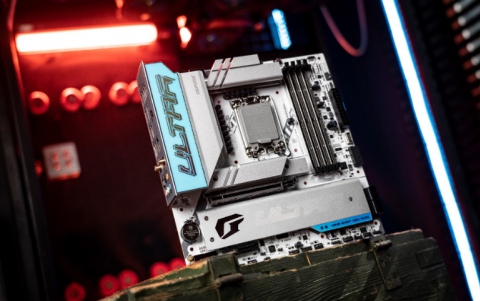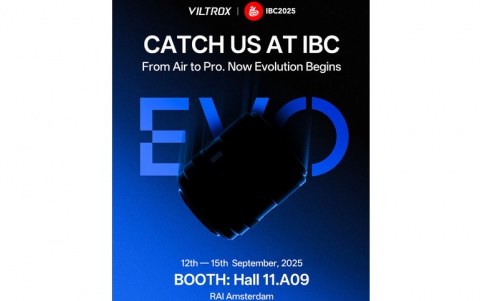40x CD-RW Roundup Vol1
3. Introduction - Page 3
Review Pages
2. Introduction - Page 2
3. Introduction - Page 3
4. Data Tests
5. CloneCD reading Tests
6. DAE Tests
7. CDR Tests - Page 1
8. CDR Tests - Page 2
9. CDR Tests - Page 3
10. Writing Quality of ASUS
11. Writing Quality of LiteOn
12. Writing Quality of Cendyne
13. RW-Packet Writing Tests
14. Conclusion
40x CD-RW Roundup Vol 1 - Page 3
- Cendyne Lighting III
 Cendyne
is another company that sent us a 40x recorder. The drive actually is based
upon LiteOn LTR-40125S and came with vZS03 firmware. For our test proposes,
we re-tested the drive with the different firmware to see any possible differences.
From the test results, we could say that there were enough improvements from
the ZS03 to the ZS08 firmware builds.
Cendyne
is another company that sent us a 40x recorder. The drive actually is based
upon LiteOn LTR-40125S and came with vZS03 firmware. For our test proposes,
we re-tested the drive with the different firmware to see any possible differences.
From the test results, we could say that there were enough improvements from
the ZS03 to the ZS08 firmware builds.
The drive supports 40x writing (Z-CLV), 12x re-writing, 2MB Buffer and "SmartBurn" as the main anti-buffer under run technology. The maximum reading speed of the drive is 48x (CAV). The exact writing speeds are 4x, 8x, 12, 16x (CLV), 20x (16-20x), 24x (16-24x), 32x (16-32x) and 40x (20-40x) (Z-CLV). The re-writing speeds are 4x, 8x, 10x and 12x (CLV). The drive doesn't support Mt. Rainier format. Ending, the drive supports all the known writing modes (DAO, SAO, TAO and RAW).
- Cendyne's 40x writing speed
The Cendyne drive supports 40x writing speed with the use of the Z-CLV writing technology. Below is the Nero CD Speed writing graph, which illustrates the use of Zone-CLV writing technology:
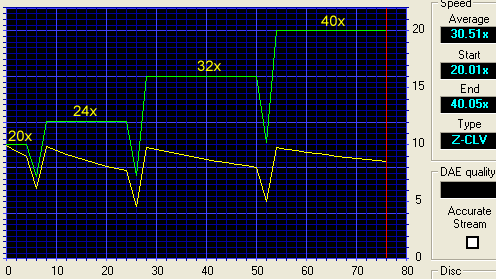
The 32x writing speed range is divided into 4 zones: The drive starts writing at 20x from lead-in till the 4mins, shifts up to 24x at 8mins, shifts up to 32x at 28mins and lastly shifts to 40x at 54mins and stays there until the end. The average recording speed is 30.51X (ZS03 firmware installed). This average speed is higher than what the LiteOn drive gave. However real recording tests showed the opposite.
- The package
 The
package supplied was the retail version. This included: the drive itself, a
quick set-up guide, 1 piece of 80min CD-R blank (actual manufacturer Princo),
audio/IDE cables and mounting screws. The software supplied with the drive was
Nero Burning ROM v5.5.7.2 and Ahead InCD v3.21 (for packet writing use).
The
package supplied was the retail version. This included: the drive itself, a
quick set-up guide, 1 piece of 80min CD-R blank (actual manufacturer Princo),
audio/IDE cables and mounting screws. The software supplied with the drive was
Nero Burning ROM v5.5.7.2 and Ahead InCD v3.21 (for packet writing use).
The front of the drive is exactly the same as with the latest models. The drive includes the LiteOn's website url, the HS-RW logo and the drive's features (40x12x48x). You will also find only one led, the eject button and the headphone input jack/volume selector:

In the back of the drive we will find the usual connectors (IDE interface, power), the jumpers for making the drive Master/Slave, the SPDIF output connector, 3 jumpers (factory reserved) and the analog/digital output connectors.

- Installation
 Cendyne
Lighting III was installed as a Master in the secondary IDE BUS. The drive worked
in UDMA33 mode and after booting, identified itself as the "LITE-ON LTR-40125S".
We used WinXP for the recording/reading tests. DMA was automatically activated
from the operating system.
Cendyne
Lighting III was installed as a Master in the secondary IDE BUS. The drive worked
in UDMA33 mode and after booting, identified itself as the "LITE-ON LTR-40125S".
We used WinXP for the recording/reading tests. DMA was automatically activated
from the operating system.
The drive was a February 2002 model with firmware revision vZS03 installed. We used the latest Nero build (5.5.7.8), InCD (3.24) and CloneCD (3.3.4.1) for our recording tests.

If we use low quality media, the drive automatically lowers its recording speed (even down to 16x) before it starts writing.

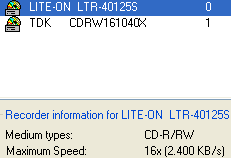
Review Pages
2. Introduction - Page 2
3. Introduction - Page 3
4. Data Tests
5. CloneCD reading Tests
6. DAE Tests
7. CDR Tests - Page 1
8. CDR Tests - Page 2
9. CDR Tests - Page 3
10. Writing Quality of ASUS
11. Writing Quality of LiteOn
12. Writing Quality of Cendyne
13. RW-Packet Writing Tests
14. Conclusion


